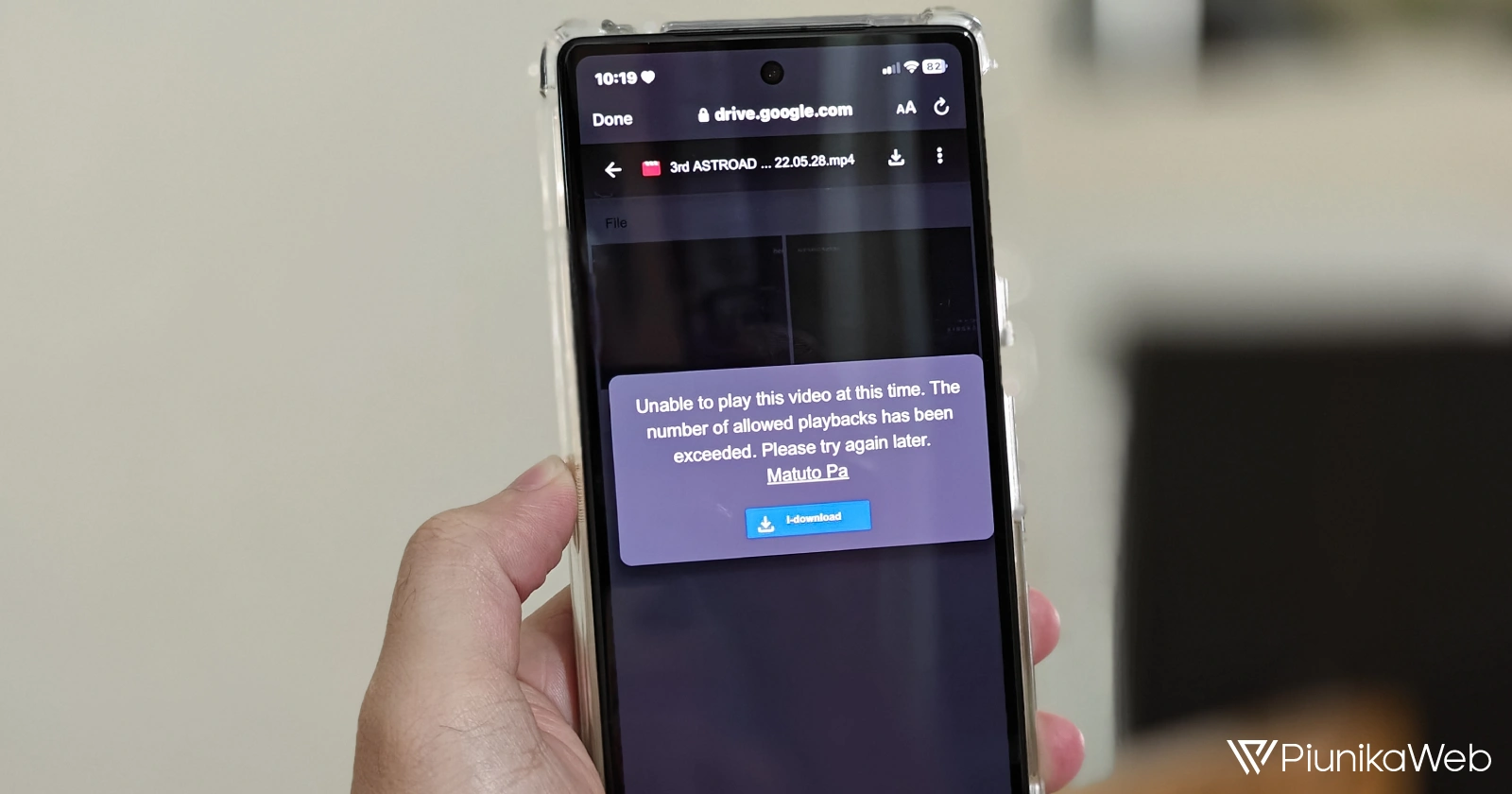View post on imgur.comGoogle Pixel 8 Pro owners eagerly awaited the arrival of Video Boost, a feature promising enhanced colors and dynamic range for captured videos. However, the initial excitement is facing a harsh reality: Video Boost processing time on Google servers is incredibly slow, dampening the fun and practicality of the feature for the many excited Pixel 8 Pro users.
Early adopters are reporting processing times stretching into hours, even for short clips. One user’s 13-second video remained stuck in processing for 14 hours, highlighting the frustration. The irony is palpable, with users imagining weeks-long waits for longer videos. “It’s like showing your friend a new feature on your phone and saying, ‘Yeah, in two weeks it will look a lot better,'” one user commented, capturing the essence of the disappointment.
![]()
Another user reported a similar experience, stating, “When I discovered I had Video Boost enabled this morning, I recorded a 43-second video and backed it up to Google Photos for it to process the video boost. Ten hours later, and it’s still processing it.” The speculation is that Google servers may be overwhelmed by Video Boost requests from aching Pixel 8 Pro users, contributing to the prolonged wait times. The dissatisfaction was echoed by other users who shared their own struggles with extended processing times, ranging from four hours for a 17-second clip to concerns about delays increasing as more users engage with the feature.
A Pixel 8 Pro user raised a poignant concern about the practicality of Video Boost amid the lengthy processing time, stating, “If it’s a case of ‘thanks, we’re gonna process this and you get it in 10 hours,’ then that’s useless for a lot of people.” The user emphasized the need for immediacy of sharing videos soon after shooting them and expressed concern that the feature might not cater to casual users seeking quick enhancements or professionals demanding high-quality results. In our own testing, it took at least a couple of hours to boost 10-second videos on more than three occasions, which pretty much sums up the feature’s experience. This likely explains why Google only released Video Boost for the Pixel 8 Pro gradually so that servers don’t get overwhelmed by hundreds of thousands of requests to boost videos.
These concerns are undoubtedly valid. Video Boost’s appeal lies in immediate gratification, enhancing captured moments on the fly. Hours-long processing times kill that spontaneity and relegate the feature to a niche use case for pre-planned videos. Google hasn’t officially addressed the processing time issue, leaving users in the dark. It’s also unclear whether this is a temporary bottleneck due to the feature’s initial rollout or a fundamental limitation of the server-side processing. But what is clear is that Pixel 8 Pro owners need a swift resolution.
Google must either significantly improve processing speeds or offer alternative solutions like on-device processing for shorter clips. Otherwise, Video Boost risks becoming a missed opportunity, a feature lost between casual fun and professional-grade editing.
The Pixel 8 Pro Video Boost feature holds immense potential, but the current processing time leaves users with more questions than answers. It’s only Google that has the power to turn this frustration into renewed excitement, but only time will tell if the company can deliver.
Featured image: Google


